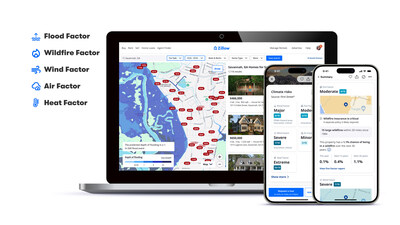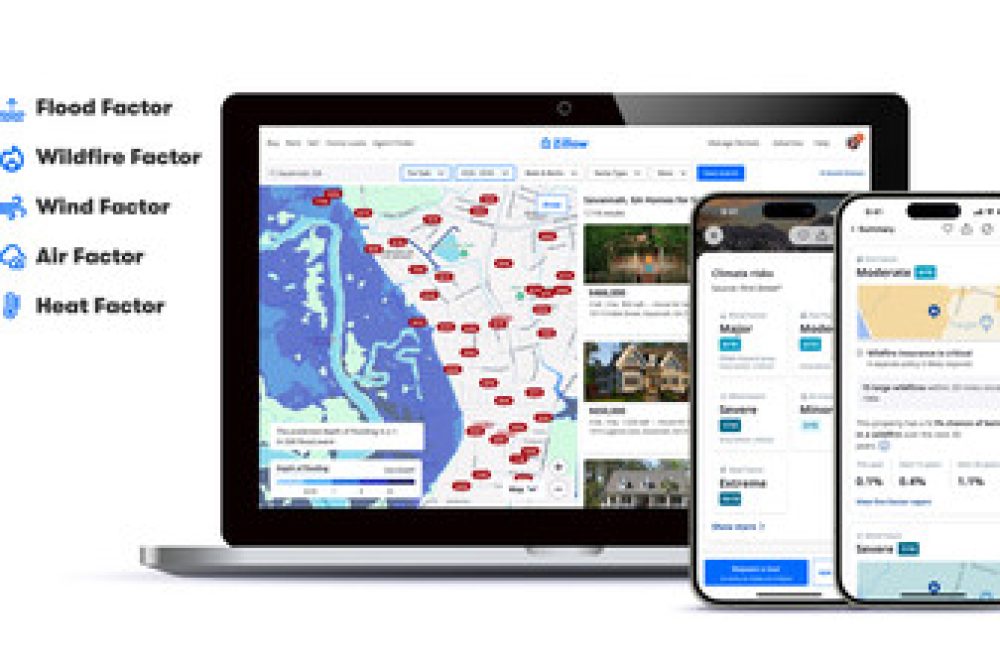Zillow recently announced that it now automates the tracking of climate risks as the unsettling reality of flooding expanding into unexpected areas becomes more apparent. This unpredictability of climate change is a stark reminder of the need for proactive measures.

Climate risks are growing, and yet professionals, homeowners, and homebuyers alike need to improve their knowledge of these risks and what can be done to mitigate them.
GHI is thrilled to see First Street’s recent announcement that they will partner with Zillow to track flood, heat, wind, wildfire, and air quality risks in homes for sale. “Nationwide, more new listings came with major climate risk, compared to homes listed for sale five years ago, according to a Zillow analysis conducted in August. That trend holds true for all five of the climate risk categories Zillow analyzed. Across all new listings in August, 16.7% were at major risk of wildfire, while 12.8% came with a major risk of flooding.”
GreenHome Institute hosted First Street to discuss its flood risk assessment tool, which can be viewed for CEUs and to gain a better understanding of the tool.
With the devastating floods surprisingly brought by the recent hurricane, Helene, many areas that did not expect to be affected, such as mountain towns and those inland, suffered from major flooding.
By being educated and more informed, consumers can make more sustainable choices on the locations they want to buy or build as well as what needs to be done to existing homes to make them more resistant to climate threats.
The GreenStar Homes Program provides a path to evaluating a home’s climate risk and takes a good, better, best approach to dealing with climate risks. GreenStar Homes and Enterprise Green Communities certifications first require a climate assessment and then action against the identified threats to achieve higher certification levels. Two of the tools that can be used to assess climate risk are First Street and Portfolio Protect, which was highlighted in the CEU webinar Strategies for Community Residential Climate Resilience.
Building greener and renovating more sustainably can lead to reduced climate risk. It is important that we think about additional strategic ways to reduce risk that is more likely to occur in each local area. Let’s elevate the conversation about climate risk to help people and communities stay safer and healthier.





